Before getting into this story I want to thank Miguel Sanchez Origel, bartender, and Storm Richardson, proprietor of the Sayulita Public House, for the info they provided, and also for the beers they poured for me to sample and for Donna to photograph. Storm has been an aficionado of beer since high school, he says. Back in those days in Oregon, when most kids would stand around outside the 7/11 trying to find an adult willing to break the law and buy them beer (I did this in California, too, and you could almost always find some drunkard or a just-turned-18 kid willing to do it for a buck or two), Storm did the same thing, only he did outside a micro-brewery that specialized in high quality “handmade” beer. This is how one becomes a connoisseur.
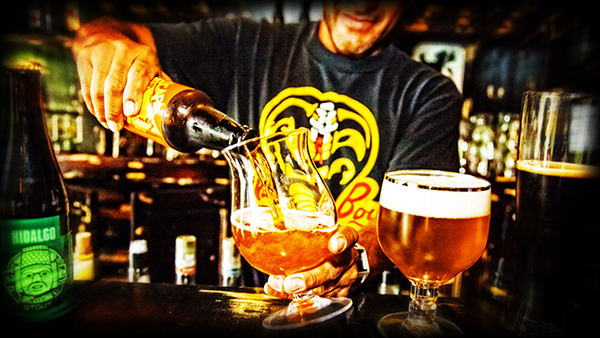
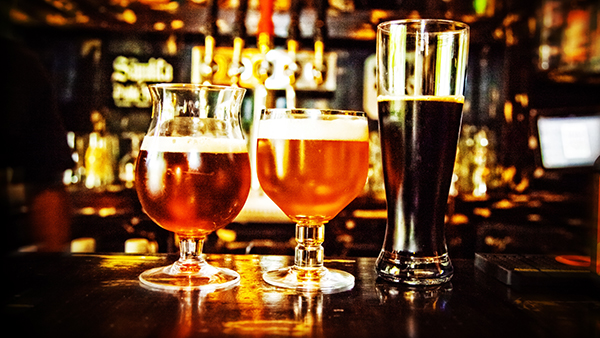
Disclaimer: Hey folks, this was back in the day, before every kid had a car and drove drunk! We do not encourage underage drinking in any way.
Just to step into the Public House is to discover the wonderful world of beer: Storm’s uncle collected thousands of beer cans from different breweries and countries in his travels all over the world, and there are now more than 600 of these cans on display in the Public House. As you can see in the photos, this colorful multitude of beer cans makes for fine wall art.
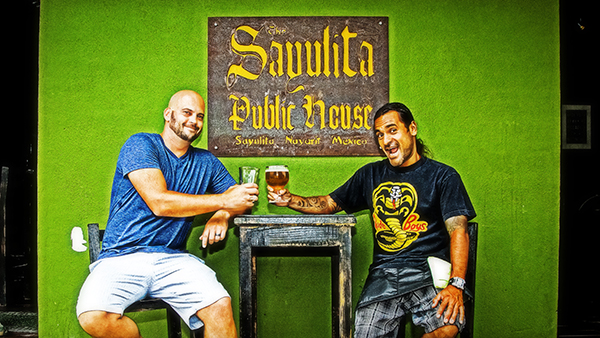
Not really being a beer aficionado, I went into this story assuming I would be talking about the relative virtues of Corona, Pacifico, and Modelo, along with a few of the other, slightly less ubiquitous brands: Dos Equis, Negro Modelo, Indio, Victoria, the “light” versions of the above. In other words, the usual suspects. After all, that’s what people—not just gringo tourists but Mexicans as well–drink around here in most of the bars and restaurants and on the beach most of the time. Those are the beers that come to mind when people think of Mexican beer.
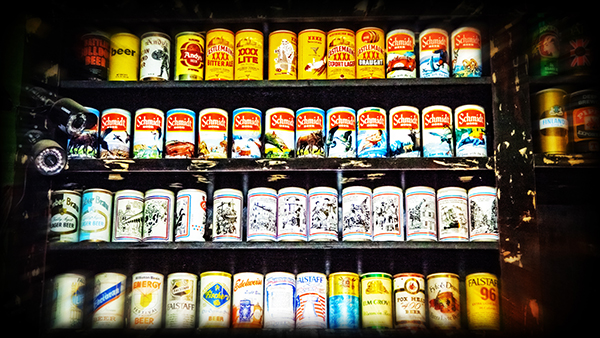
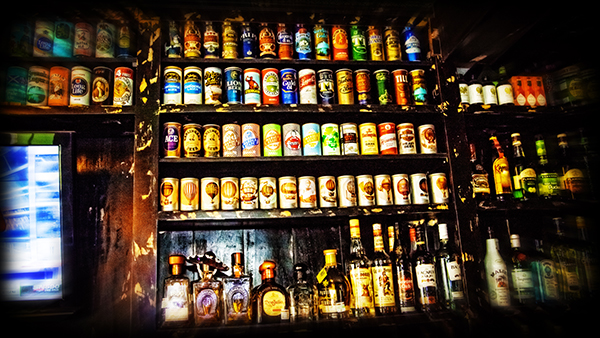
But the real story about Mexican beer is a far different one. The above-mentioned brands are, basically, the Budweiser, Coors, and Millers of Mexico. They are produced by huge companies in huge quantities, and pretty much overwhelm the marketplace wherever and whenever possible. That doesn’t mean these beers taste bad—Mexicans, and tourists in Western Mexico, especially love their Pacificos—it just doesn’t make for a very interesting story.
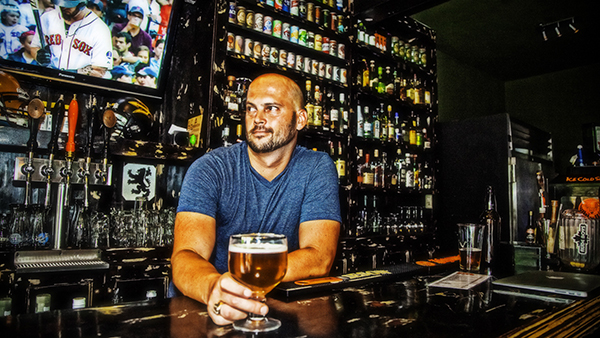
The real story is how two major corporations control most of the beer market, and use every means at their disposal to maintain that control. Sounds just like the USA, and it is, although the methods of control are different. Control of distribution defines the terms up north, while down here a seemingly “green” tax on non-recycled bottles serves to stifle competition. This tax is a 26 per cent hit on every bottle that doesn’t get recycled and re-used. From an ecological point of view, this seems like a great way to force the issue. From a business standpoint, however, if you are a small start-up company and can’t afford what you need to manage collection, storage, and the rest of the recycling requirements, you are pretty much screwed by this tax.
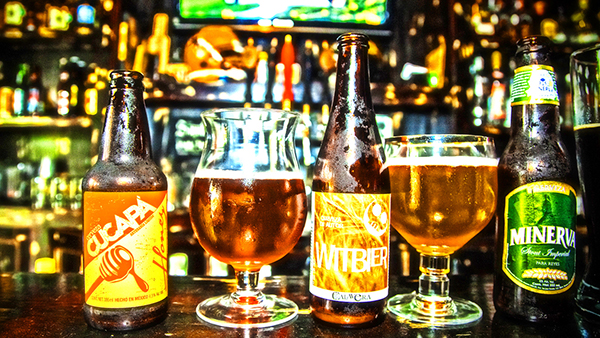
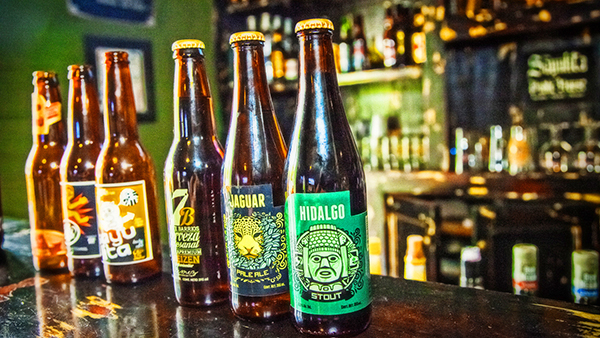
This keeps the little guys little. We don’t have the space to go further into the details, but the end result, in Mexico, is that the many, many micro-brewed beers sold here are essentially illegal. This simply means the producers and sellers of specialty beers in Mexico do so without the licensing officially required, and because of this, they are all pretty much destined to remain well, micro
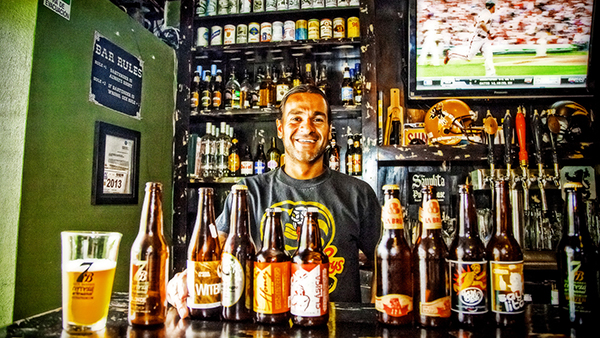
Has this stopped Mexicans from producing fine craft beers? Not at all. According to Storm, there are around 500 different beers being produced in Mexico at the present time, most of them “illegally.” Most of the micro-breweries are relatively small—yep, micro. Due to the cost of importing ingredients such as hops, these specialty bottled beers are very expensive—from 40 to 120 pesos a bottle for the 40 different brands of micro-brewed beer on sale at Storm’s bar, and he’s no gouger. His margins are small. The beers he sells are almost all lagers rather than ales—all beers are one or the other–because lagers last longer without pasteurization.
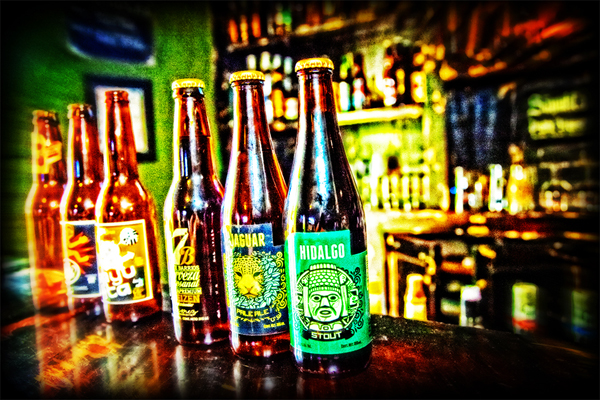
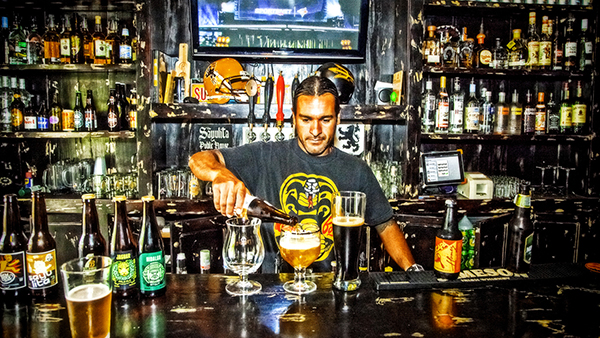
Several of the biggest and best known of these micro-breweries whose beers Storm recommends and stocks are Minerva, based in Guadalajara, Cerveza La Bru, from Michoacan, and Cucapa, based in Baja California. Each produces various specialty brews, ranging from pale, blonde, red, and brown ales to pilsners, stouts, bocks, and other flavored brews. For those among you who would like to try a Mexican beer that has a little more depth and richness than your basic coronapacificomodelo–and that is not for sale at every Oxxo, Modelorama or Kiosko in Mexico– the Sayulita Public House stands ready with a range of tasty and potent micro-brewery beers.
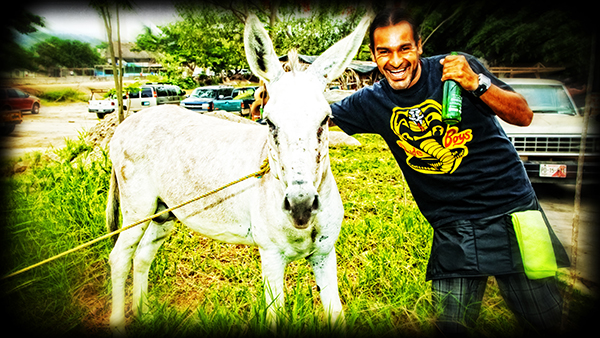
These days every type of alcohol on the planet has its multiple variations, and every variation has its acolytes and admirers. Beer is no different. The Mexican micro-brewery beer market may be relatively unknown and/or underappreciated, at least to most tourists, but it’s the real deal, and worth exploring if you consider yourself a beer aficionado, or an adventurous drinker.


